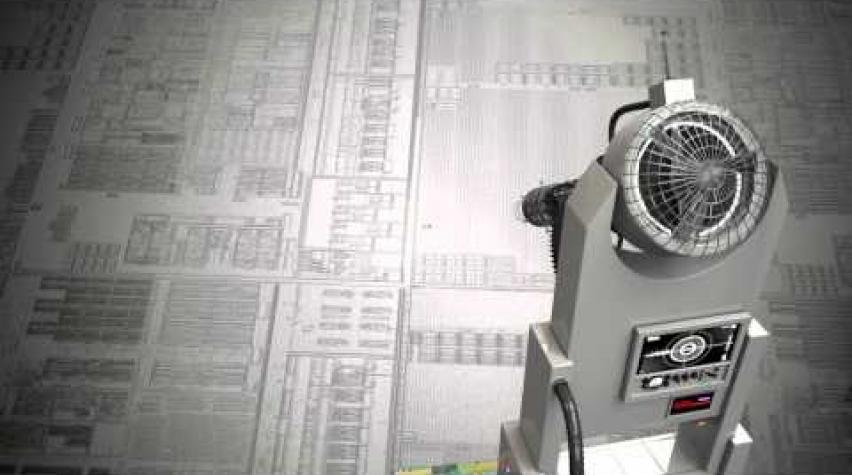

More than 40 years ago, Gordon Moore predicted that the number of transistors on a chip would double about every two years. In accordance with Moore's Law, Intel has announced new 3D technology that will allow the company to pack more transistors into small chips. You can have Mark Bohr of Intel walk you through the new technology in the educational video in the panel to the right.
While traditional transistors are build three dimensionally, they actually operate in a planar fashion, which restricts the flow of electrons to a two-dimensional path; the new technology, however, takes this approach, according to PC Magazine:
Tri-Gate transistors form conducting channels on three sides of a vertical "fin" structure, a major advance from the planar design of transistors in use for the past 50 years, the company said. The three-dimensional structure of the next-generation transistors allows chips to operate at lower voltage with lower leakage, Intel executives said.
According to PC Magazine, the result will be improved processor performance and, importantly for users of laptops and other mobile devices, greater energy efficiency could result in an extended battery life.
The 3D technology is actually not exactly new--it actually began with researched undertaken in the 1999. For a complete story behind how the technology was developed, see the article on its history in MIT's Technology Review.
Computerworld reported that the new technology is expected to help Intel seize a portion of the fast-growing tablet market as well as a greater share of the lucrative smartphone market:
"The market for mobile devices, like tablets and smartphones, has exploded over the past few years, and Intel needs to be part of the solution on these devices," said Dan Olds, an analyst at Gabriel Consulting Group. "The 3D transistor is a big leap forward for Intel and could be a game-changer for mobile devices.... When this technology is applied to processors in the Atom range, it's going to make them much more competitive with ARM processors."
If you'd like to know more about transistors and their history, one blogger traces the history of the transistor in 1947 to Intel's latest 3D chip technology here.


